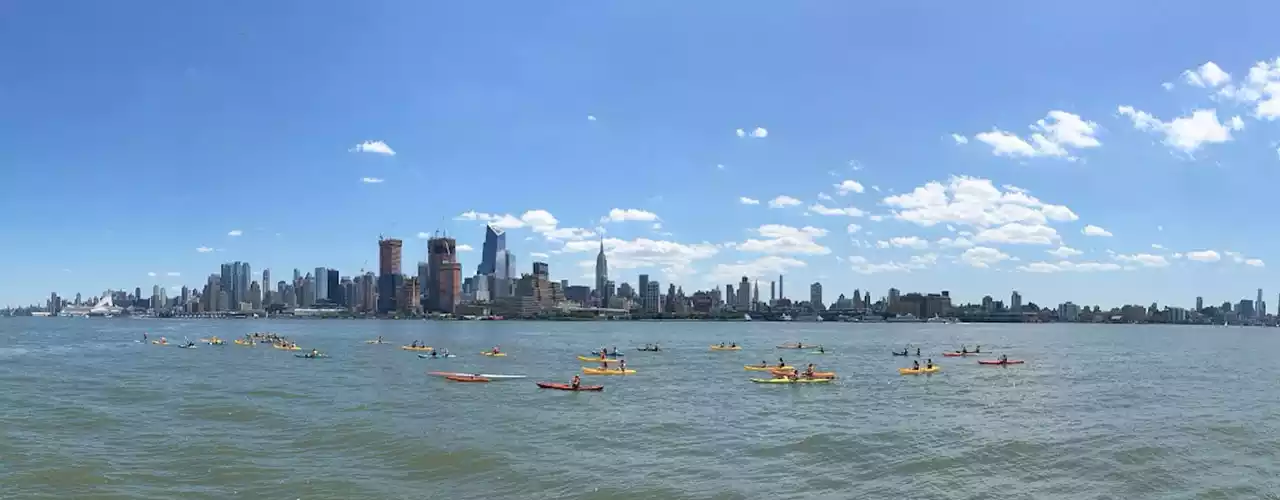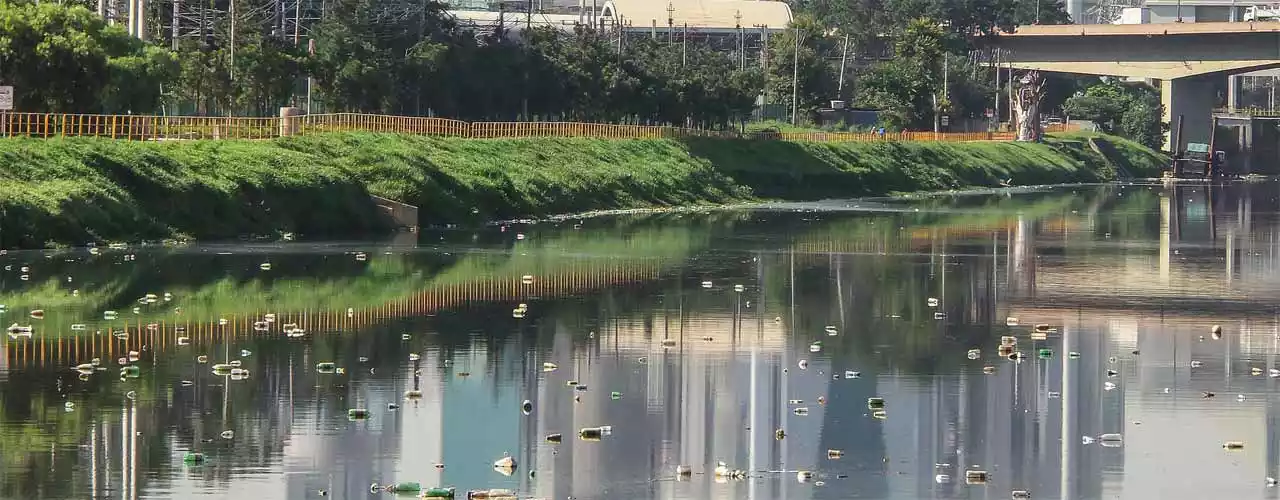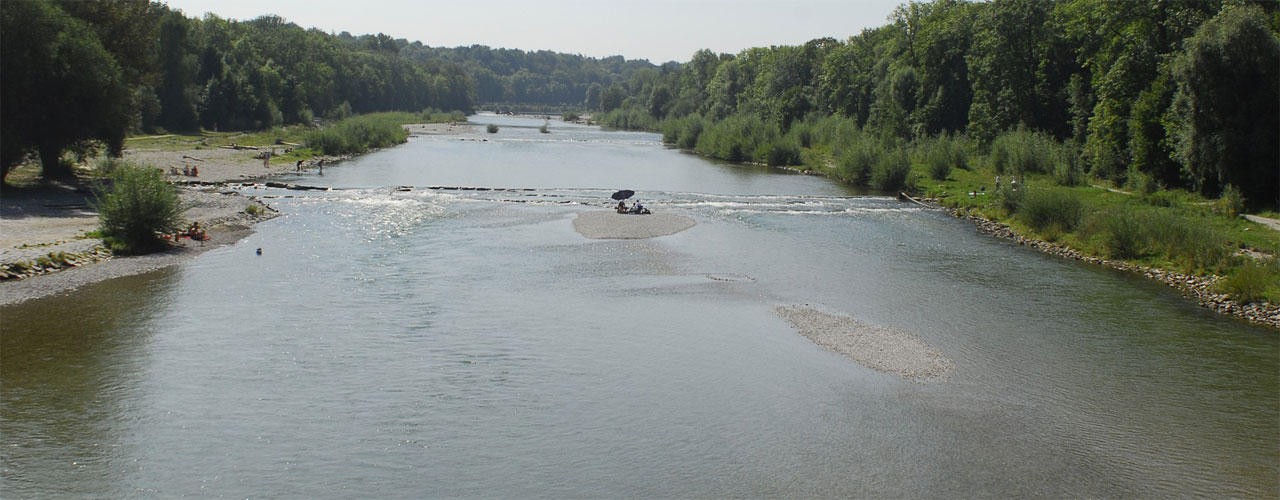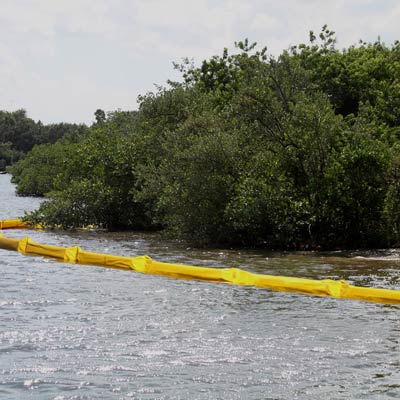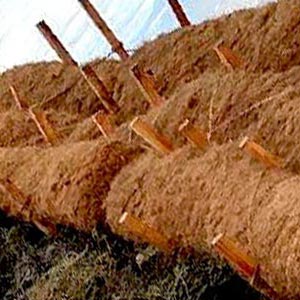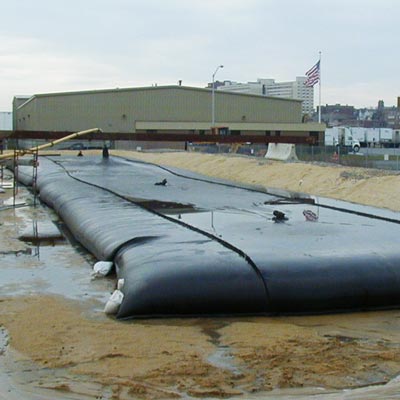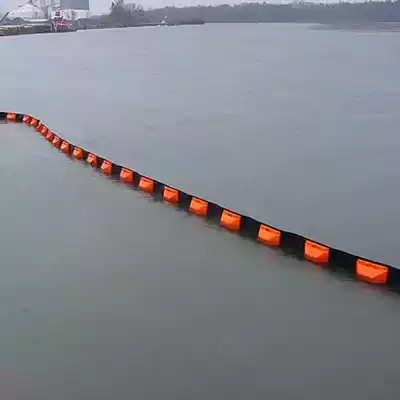River Water Pollution and Cleanup
River pollution is a huge concern but implementing cleanup methods can help polluted rivers to recover. Rivers are an important part of maintaining healthy watersheds. They are water channel pathways that lead to the ocean and large bodies of water. If they are unhealthy they can spread pollutants, debris, trash, and various other things that enter the water either naturally or by human hands.
Erosion along riverbanks creates river sediment that is washed into bodies of water, creating turbidity that disturbs ecosystems and plant life. This river erosion destabilizes the banks and shorelines, causing danger for those communities near and around a river. As sediment enters a river, either by natural sedimentation over time or through human intervention from a construction site, the presence of turbidity and sediment will cause problems for plant growth and animal life. River pollution can be controlled and mitigated, returning your river back to a healthy state.
Invasive aquatic plants may grow exponentially from nutrient runoff, taking oxygen and choking out other organisms. River debris like trash and plastic pollution might enter from people carelessly littering.
Whatever the river pollution may be, having the right river water pollution cleanup solutions will help restore the river. River pollution solutions include river erosion control and river sediment tools. River pollution cleanup solutions like river dredging and debris containment river boom, will attempt to curb some of the pollutants in the water.
Facilitating River Pollution Cleanup: The Best River Water Pollution Solutions
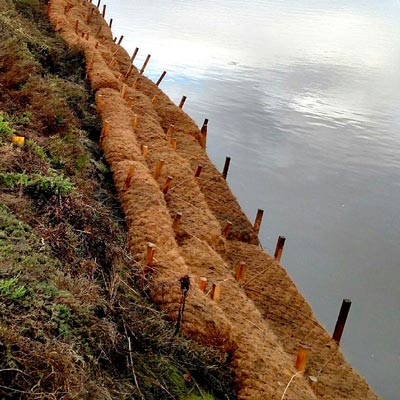
River Erosion Prevention with Stabilization
River erosion for riverbanks and shores is a significant issue that impacts river pollution. As sediment moves during the process of erosion, it will make its way into a river to be carried along or to accumulate at the bottom of a riverbed, limiting boat travel. Erosion control silt fence and staked turbidity barrier can form a perimeter around construction sites to stop sediment before it reaches a river.
To build up natural contours along a riverbank, woven geotextiles can be installed. Natural erosion control solutions like coir logs and coir blankets can reinforce stream banks. By stabilizing riverbanks this will strengthen river sediment and soil around the river to reduce the amount of sediment pollution that enters the waterway.
River Sediment Control with Turbidity Curtains
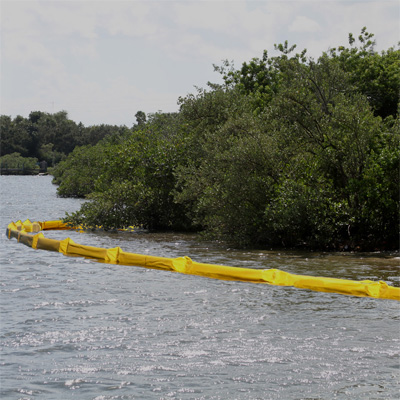
With a turbidity curtain, you will be able to keep river sediment in one designated area during dredging to allow time for settling. Turbidity curtains come in different types depending on the speed and current of your river water. Type 2 and Type 3 turbidity curtain will be great for moving water locations for applications like river dredging, pile driving, shoreline construction, shoreline construction, boat ramp creation, DOT roadwork, and remediation projects.
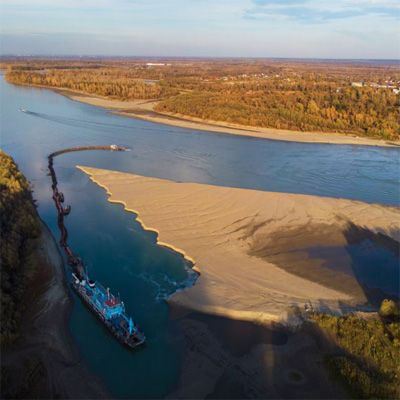
River Dredging to Improve Navigability and Prevent Flooding
River dredging is an important aspect of a river's maintenance and when implemented, it ensures the safe passage of ships and vessels. It can also help to prevent flooding by deepening the water level.
River dredging involves the removal of river sediment, silt, and debris from riverbeds, that has accumulated from natural sources or from runoff from a construction site. A turbidity curtain ensures that any silt disturbed during the dredging process doesn't redistribute throughout the river. The dredged river sludge can be filtered through dewatering products like dewatering bags or geotextile tubes.
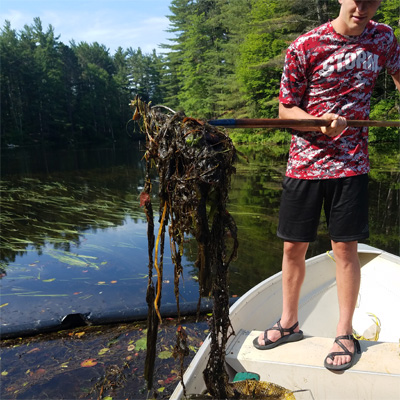
River Boom for Containing Floating Trash and Debris
River boom is a great river pollution cleanup tool that will harness and capture trash, litter, floating aquatic debris, and other contaminants so that you can harvest them easily. Floating debris containment boom come in different styles and types depending on your site conditions. A permanent containment boom is a heavy-duty option for river pollution and river debris containment. Different river debris booms will be useful for aquatic plant containment. Floating plastics or litter can be contained with a floating trash boom. People's trash ends up in bodies of water and this litter is carried along rivers. With a floating debris containment boom, river debris and trash can be captured and recycled.

River Pollution Frequently Asked Questions
What is river pollution?
River pollution is the dispersion of sediment and pollutants in a river as it flows into a larger body of water like the ocean or a lake. River pollution occurs from human intervention or from the natural sedimentation that occurs over time. River debris can enter a waterway when aquatic plants bloom from an overabundance of nutrients. Rivers can also be polluted with litter that is left by people. Sedimentation or turbidity can naturally occur over time or from runoff on construction sites. This abundance of sediment can cause murky, turbid water, which inhibits plants growth and slows fish and animal development.
What river pollution cleanup sources are there?
River pollution cleanup resources can help improve the health of your river at whatever stage it is in. Trash, river debris, and litter can be corralled and contained with a river boom. Invasive aquatic plants don't stand a chance against a floating debris containment boom that will keep them controlled. Accumulated silt from river erosion can be managed with a river turbidity curtain. Once the river sediment settles to the bottom of the river, then river dredging can reduce the amount of sediment on a riverbed. This deepens the water level, allowing ships and vessels to more easily navigate through the river.
River Pollution Cleanup Cycle

